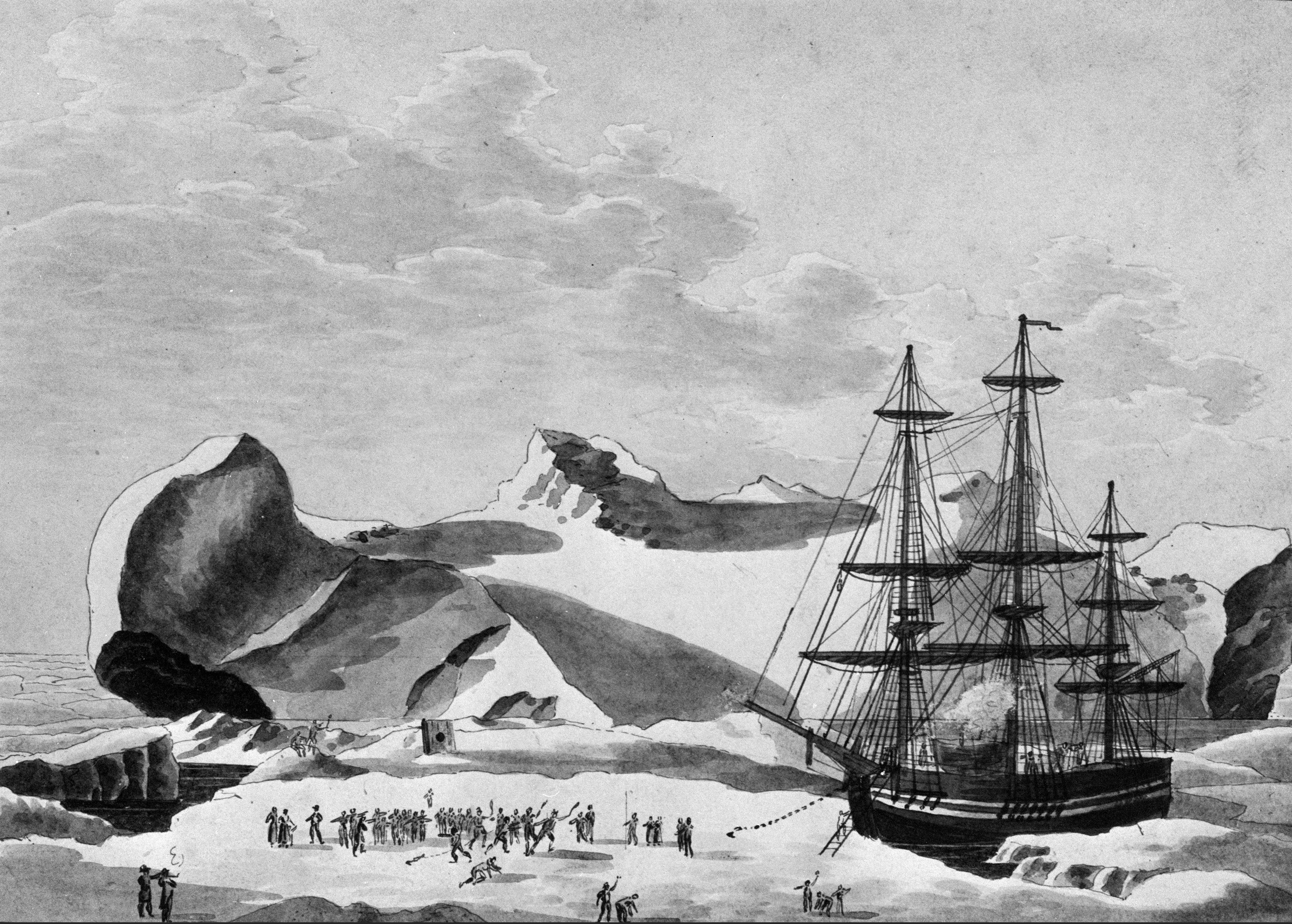 |
| Peter Rindisbacher_from The Lord Selkirk Association. |
Peter Rindisbacher es otro artista ártico no muy conocido, a pesar de que sus pinturas son de las primeras que retrataron a las tribus indias del norte de Canadá e hizo increibles cuadros sobre la caza del búfalo. Hay 40 pinturas conservadas en los archivos de Canada. Las pinturas de Peter representan escenas desde el estrecho de Hudson hasta el asentamiento de Red River, en las proximidades del lago Winipeg.
Peter nació en Suiza y no fue el único artista Suizo que aterrizó en la bahía de Hudson a principios del siglo XIX . Peter, con solo 15 años llegó a York Factory el 17 de agosto de 1821 junto con su familia, apenas un mes después de que Franklin, George Back el Dr. Richardson y John Hepburn llegaran también a York Factory después de terminar su funesta expedición a la costa norte de Canada por la desembocadura del rio Coppermine . En el camino de hecho se cruzó con el Prince of Wales (el barco que llevó a Franklin a York Factory y donde posiblemente se encontrara de vuelta ese mismo agosto) y también con el Eddystone. .jpg) |
| Izquierda Red River Settlement_Right barcos de la HBC atrapados en la bahía de Hudson _from wikipedia_by Peter Rindisbacher 1821. |
Aquel primer invierno de 1821trabajó como clérigo y acompañó a varias partidas de caza que fueron a cazar búfalos. Estas imágenes tuvieron mucho éxito por la novedad que suponían en cuanto a lo creado hasta la fecha, por la exactitud de los temas que dibujaba y por el nivel técnico y el estilo.
La obra de Peter pasó después desapercibida cuando hasta 1940 fue redescubierta y se considera el primer artista con residencia permanente en Canadá al oeste de los grandes lagos.La sensibilidad con la describía las cosas que veia han convertido su obra en material de estudio para historiadores, antropólogos, etc.
Parece que hay un alma de artista vagando por aquellas tierras desde que George Back y RObert Hood la pisaran en 1819 por primera vez, que ha ido sucediéndose en la forma de diferentes personas y que de hecho sigue allí vagando actualmente. Quizás el alma de Robert Hood aunque no creo en espíritus.
Peter Rindisbacher is another arctic artist, not very well known, despite that his pictures are the first on retrait the Indian tribus of the north part of Canada and he did incredible pictures about the hunting of the buffalo. There are 40 pictures conserved in the Canadian archives. The pictures of Peter are drawn from Hudson Strait to the Red River Settlement, near the WInieg Lake.
Just landing there, Peter began his work and painted pictures as that of the Esquimoux paddling in their kayaks and the HBC ships trapped by the ice in the Hudson Bay. That winter of 1821 he worked as a clerk and accompanied several hunting parties to hunt buffalo. These drawings had a lot of success because their novelty compared with previous work done till then, for the accurateness of the images, and for the high skill and his style.
The Peter work pass without being known till 1940 was rediscovered and now it´s considered the first artist with permanent residence in the west side of the great lakes in Canada. The sensitivity with whih he descrive the things he saw have become his work in subject of study to historians, antropographers, etc.
It seems that there is a spirit wandering in that land since George Back and Robert Hood walked there for first time in 1819, and that has been changing into different people since then, and that it´s still wandering there now. Perhaps the Robert Hood soul though i don´t believe in spirits.



No hay comentarios:
Publicar un comentario